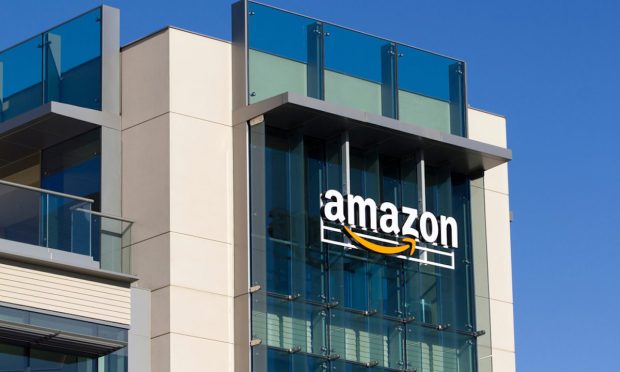AMZN vs. WMT Weekly: More People, New Partnerships And A Bunch Of Robots

Halfway through July, the mid-summer competition between the top two retailers is heating up on several fronts in a battle over people, partners and profitability.
With PYMNTS’ post-Prime Day analysis confirming Amazon’s 3-to-1 advantage over its digital rival Walmart+ in both sales and subscribers, the tussle between these two titans looks set to be more about profitability and execution rather than outright topline leadership — at least for the time being.
Although Amazon and new CEO Andy Jassy will reveal the company’s second-quarter results on the afternoon of July 29, Walmart won’t unveil its number until the middle of August.
In some circles, analysis of this sales and subscriber gap is being framed as a question of whether Amazon’s current leadership is a reflection of it being too big, or simply that it is too good at the art of swift, seamless ecommerce and delivery. While that is a question for the ages — as well as for the regulators and lawmakers overseeing the evolution of retail — the fight will continue to play out in the trenches on the backs of frontline and backroom workers, and the wallets and habits of everyday consumers.
To the former point, Amazon began the week with an announcement that it was looking to add 100,000 new people to its 1.2-million-strong workforce. But not just rank-and-file Americans — the online retail giant said it would fill those roles over the next three years with veterans and military spouses, which would be in addition to the 35,000+ unfilled open jobs it is currently looking to fill.
This labor problem is something that Amazon, Walmart and virtually every other retailer, fast-food restaurant and supermarket in the nation is contending with as they try new and creative ways to woo people — like offering childcare or tuition assistance — as well as tried-and-true methods, such as offering higher wages.
“All Amazon jobs pay a starting wage of at least $15 an hour — more than twice the federal minimum wage — and all regular full-time employees enjoy healthcare from their first day of the job, a 401(k) plan with company match, up to 20 weeks of paid leave for birthing parents, access to free upskilling opportunities and more,” the online giant said in its latest recruitment initiative.
The Case for Bots
Amidst this industry-wide competition to find reliable people to fill jobs that often involve hard labor and tedious tasks, the metrics and return on investment analysis of deploying new robotics systems or other automated solutions start to warrant a closer look.
Which is exactly what Walmart did on Wednesday (July 14), when it announced that it was collaborating with robotics and automation firm Symbotic to revamp its regional distribution network, which it likened to a “human game of Tetris for transportation.”
“This first-of-its-kind tech, when applied at our scale, is revolutionary because it gets products onto shelves for our customers even faster, while saving time for our associates,” Joe Metzger, executive vice president of supply chain operations, Walmart U.S., said in the announcement.
In lieu of manual labor, Metzger said in a blog post, “the new way of unloading store-friendly palletized trucks will make the process faster and simpler for our associates, allowing them to spend more time with our customers.”
The Symbotic system, which has been in use at the retailer’s hub in Brooksville, Florida since 2017, will now roll out 25 more regional distribution centers.
It All Comes Down to Product
Alongside the ongoing effort to get the people — and robots — needed to process, pack, ship and deliver billions of orders, Amazon and Walmart both face the omnipresent challenge of ensuring that they have the right assortment of products that consumers actually want.
In the case of Amazon, that means development of a new wearable Alexa-powered device for kids code-named ‘Magic Band’ that could debut by the end of the year.
In the case of Walmart this week, it meant the unveiling of its latest product partnership, a 2,400-store and website rollout of the trendy Justice brand of apparel. In announcing the new partnership, which comes on the heels of its just-launched Gap Home debut, the Arkansas-based retail giant touted the brand’s popularity and the impending demand from what is expected to be a busier-than-usual back-to-school shopping season.
“Justice is a popular brand our customers know and love, and with the back-to-school shopping season underway, this new collection comes at the perfect time for our customers looking to elevate their style,” said Denise Incandela, Walmart’s executive vice president, apparel and private brands, in the announcement.
